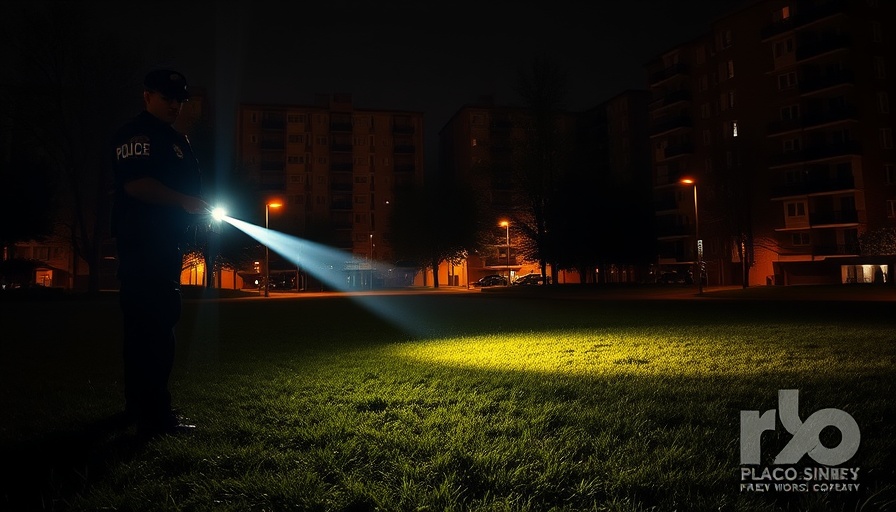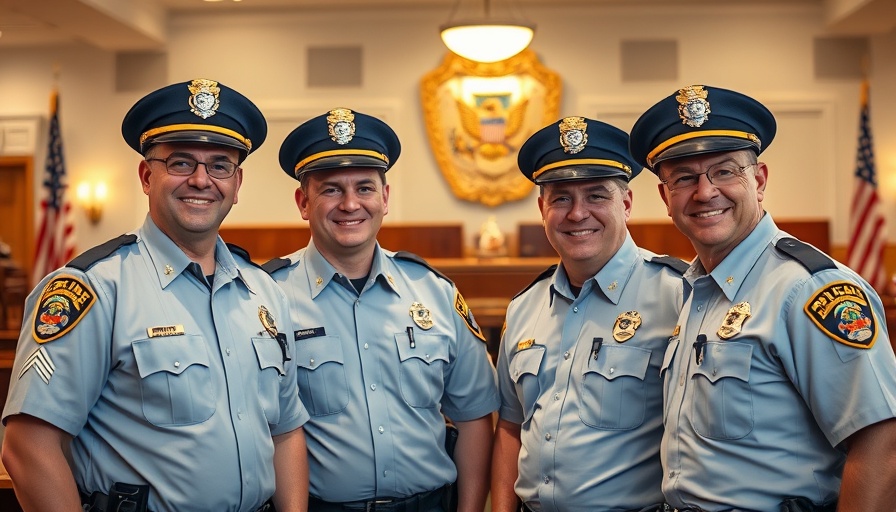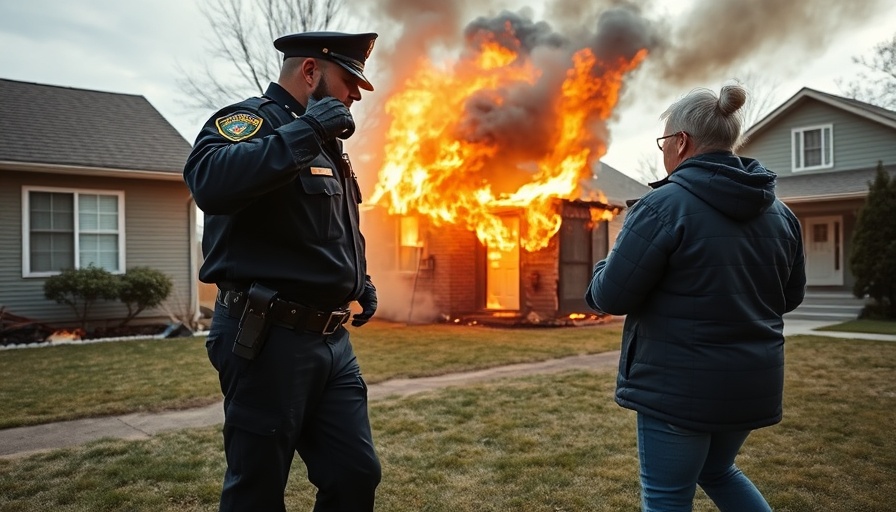
The Role of Body Cameras in Police Engagements
The recent incident in Colorado, where a man allegedly opened fire on officers before a fatal officer-involved shooting, brings renewed attention to the trials and tribulations of law enforcement. Body-worn cameras (BWCs) are becoming a crucial tool in the narratives surrounding such events, helping to shed light on the circumstances as they unfold. These devices are not merely pieces of equipment; they serve as a lifeline for both officers and the community, documenting split-second decisions that can lead to life-or-death situations.
Insights on Officer Safety and Community Relations
The use of BWCs significantly impacts police officer safety. With clear video evidence, the chances of false narratives are greatly reduced, which in turn can bolster public trust in law enforcement. When communities witness transparency in decision-making processes, it can lead to fewer outright conflicts and greater cooperative efforts between police officers and residents. This proactive approach to law enforcement fosters an environment where community relationships can thrive, allowing for a collaborative approach to public safety.
Understanding the Complexities of Police Engagements
The complexity of police engagements cannot be overlooked. Law enforcement officers are often thrust into precarious situations within split seconds, tasked with making life-altering decisions. The tragic events in Colorado demonstrate this complexity, as the officers’ responses must be assessed under intense scrutiny from the public and policy analysts. Engaging in comprehensive police training programs that emphasize mental health and decision-making under stress is essential in navigating these scenarios effectively.
Technological Integration in Policing
As technology continues to evolve, so too should law enforcement practices. The integration of BWCs aligns with current trends in policing that advocate for better accountability and transparency. By adopting new technologies and maintaining robust police department updates, law enforcement agencies are better positioned to adapt to contemporary challenges, making policing safer both for officers and the communities they serve.
Future Considerations and the Path Forward
Moving forward, it is imperative for police departments to engage in thoughtful discussions regarding protocols surrounding BWCs and their usage in critical incidents. Policymakers must not only evaluate the effectiveness of these technologies but also ensure they promote good policing practices that prioritize officer wellness and community relations. Investing in police recruitment strategies that focus on individuals committed to accountability and community cooperation will ensure the future of law enforcement is both effective and equitable.
In light of this tragic incident, law enforcement agencies must remain vigilant. The pressure to maintain public safety, compounded with the need for accountability, creates a delicate balance that requires constant reflection and adjustment. Embracing advanced technologies like BWCs will be vital as officers navigate the complex landscape of modern policing while safeguarding both their lives and the rights of the communities they serve.
 Add Row
Add Row  Add
Add 

 Add Element
Add Element 


Write A Comment